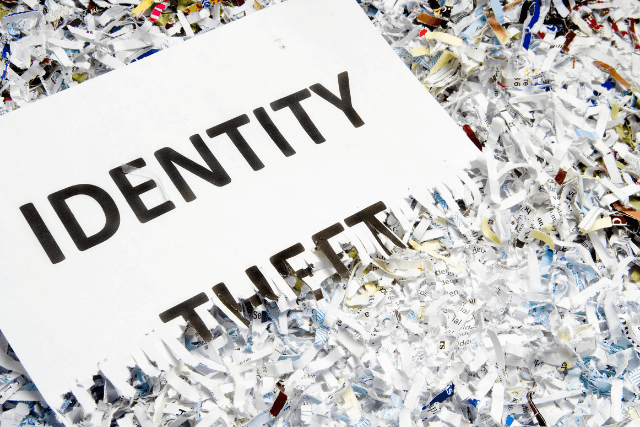What Can I Do If I am the Victim of Identity Theft?

In 2020, losses associated with identity fraud were $56 billion according to a study performed by Javelin. And, because of Covid 19 more consumers are remote working and communicating via the internet and mobile-based tools, such as Zoom and social media. This makes consumers even more vulnerable to sophisticated fraud efforts. If you suspect you’ve been the victim of identity theft, what exactly can you do?
Credit-related fraud
While not all fraud is credit fraud, certainly your ability to apply for and obtain lines of credit from banks is an attractive target for fraudsters. From old-fashioned skimming of credit cards to stealing mail out of your mailboxes to true-name credit fraud where a thief uses your personal information to apply for and open new lines of credit, there is no shortage of fraud scams.
And while it may seem like there’s nothing you can do to avoid being defrauded, there is some good news. Even if an identity thief steals your information, you can do something about it and limit your exposure. Plus, the law is solidly on your side if you have been the victim of credit-related fraud.
1. Check your three credit reports
When someone steals your identity (or you suspect that your personal information has been compromised), you’ll want to check a copy of all three of your credit reports from Experian, TransUnion, and Equifax. You can claim a free copy of each of these reports once every week from AnnualCreditReport.com. Normally it’s once every 12 months but the credit bureaus are allowing for more frequent access.
Because your credit reports are ground zero for credit fraud, you should put those reports under the microscope. Make a list of any suspicious information you find, especially accounts for which you didn’t apply, credit inquiries you did not authorize, and any addresses or variations of your name that are incorrect. These are all the signs of potential fraud.
2. Freeze your three credit reports
You can’t make your credit reports disappear. But, you do have the right to freeze your credit reports and take them out of circulation until a time of your choosing.
When you’ve placed a security freeze at the credit bureaus (called a credit freeze or security freeze) lenders with whom you do NOT have a relationship cannot access your credit reports as part of a new credit application. Therefore, no one can open new accounts in your name even if they have your personal information.
A 2018 amendment to the Fair Credit Reporting Act (FCRA) made credit freezes unconditionally free of charge. But, you will still need to proactively contact each of the three credit bureaus, one by one, to initiate your credit freezes. And, when you do choose to legitimately apply for credit you’ll have to unfreeze or “thaw” them so the lenders can access them.
3. File identity theft reports
An identity thief may use your personal information to open illegitimate accounts in your name. If this happens to you, you need to file an official fraud report that documents the crime.
You can file an identity theft report with a law enforcement agency, like your local police department or the Federal Trade Commission (FTC). The FTC makes it easy to file an identity theft report online. You can visit IdentityTheft.gov to start the process.
The identity theft report is important because you can show it to lenders and credit bureaus as part of your efforts to have the information removed from credit reports if it has already been reported. The identity theft report coupled with a police report helps to separate the real victims of fraud from people who improperly claim to be fraud victims simply to get information removed from their credit reports.
4. Notify the credit bureaus and lenders
The FCRA empowers you to file disputes with the credit bureaus when someone opens a fraudulent account in your name. So, after you file an identity theft report, you’ll want to send a copy of it to any credit reporting agency especially if fraudulent accounts are appearing on your reports.
Along with your ID theft report, include a list of the fraudulent accounts and other data (addresses, inquiries) that appear on your credit report. When you send this information to a credit bureau, the FCRA allows it up to four business days to block any fraudulent account from your credit reports.
You’ll also want to contact any lenders who believe you are one of their debtors. They are going to ask you a series of questions and also require you to affirm that you’re the victim of fraud and are not benefiting from the fraudulent extension or use of credit. This again helps to separate the real victims from imposter victims.
5. And finally, don’t freak out because the law is on your side
If you’ve been the victim of credit card fraud, one of the most common forms of fraud, the law is squarely in your corner. The Fair Credit Billing Act (FCBA) is the Federal statute that caps your liability for credit card fraud to no more than $50. And, the four major credit card networks (Amex, Visa, MasterCard, Discover) all have zero-liability policies. What that means is as long as you report the fraud in a timely manner, you won’t have to pay for any of the charges.


